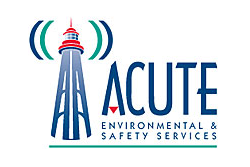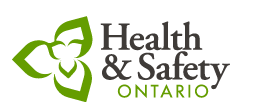Confined Space Training is a must for anyone in the workforce who is required to work in high risk confined space areas. Here at ACUTE we offer 2 different Confined Space Training courses. They are: Confined Space Entry, and Confined Space Rescue. On this page you’ll find information on the 2 courses that we offer, as well as information about the specific regulations in Ontario. If you have questions or comments regarding confined space regulations or training, or you’re looking for a course not mentioned on this page, feel free to give us a call as we would be happy to help.
Note: This page on Confined Space Training Ontario has been prepared as a resource summary and central location for related information to help workplace parties and employers understand some of their obligations under the Ontario Occupational Health and Safety Act (OHSA). It is not legal advice.
The Confined Space Training Programs ACUTE Offers
Confined Space Awareness Training
This course covers the Ontario Confined Space legislation, actual and potential hazards of confined space entry work and the duties and responsibilities of entrants, attendants and competent persons. Rescue planning and strategies are also discussed during this course. This course would equip a participant with an understanding of how to perform as an entrant, attendant or competent person. Participants will have the opportunity to become familiar with, inspect, and use Confined Space Entry (CSE) access equipment and air quality instrumentation.
This course is 8 hours in length. (1 day)
Learn more about this course – click here
This course builds on the fundamentals taught in the Confined Space Awareness course to cover rescue planning and the use of Confined Space rescue equipment for either non-entry or entry rescue. This course would equip a participant with an understanding of how to perform rescue operations in support of a confined space entry project.
This course is 8 hours in length. (1 day)
Learn more about this course – click here
Note: ACUTE provides a wide range of employee safety training courses and is located in Waterloo, Ontario. ACUTE services customers from the cities such as Toronto, Mississauga, Brampton, Hamilton, Milton, as well as a large list of other cities from across Ontario and North America.
Confined Space Training Levels
(Note: We do not offer training of individual levels at ACUTE. For information on what courses we do offer see above)
 Confined Space Training Level 1 = Awareness
Confined Space Training Level 1 = Awareness
The first level of training providers offer is usually focused on awareness. You will also often see that trainers will provide their level 1 training and level 2 training combined into a single package labeled as Confined Space Level 1 & Level 2 Training. To read about the confined space awareness training we provide, click here.
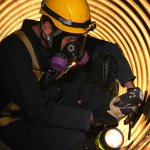 Confined Space Training Level 2 = Entry
Confined Space Training Level 2 = Entry
The second level of training providers usually offer is training related to actually entering the confined space, using the equipment to enter the confined space as well as training to use the safety equipment. To read about the confined space entry training we provide, click here.
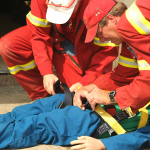 Confined Space Training Level 3 = Rescue
Confined Space Training Level 3 = Rescue
The third level of training providers usually offer is confined space rescue training. In some instances though training providers label level 4 as their rescue training program, instead of level 3 and label level 3 as their confined space training for supervisors. To read about the confined space rescue training we provide, click here.
 Confined Space Training Level 4 = Most providers combine their confined space training into 3 levels. If they have 4 levels, usually the 4th level is either rescue training or supervisor training.
Confined Space Training Level 4 = Most providers combine their confined space training into 3 levels. If they have 4 levels, usually the 4th level is either rescue training or supervisor training.
Not all confined space training providers offer a 4th level; often they will only offer 3. When a provider offers a 4th level you will usually find that level is for either supervisor training or rescue training. In the supervisor training they will usually cover supervisor responsibilities when staff is working in a confined space, hazard identification, and confined space regulations.
For additional information on the Confined Space Training Programs we offer at ACUTE, click one of the buttons below
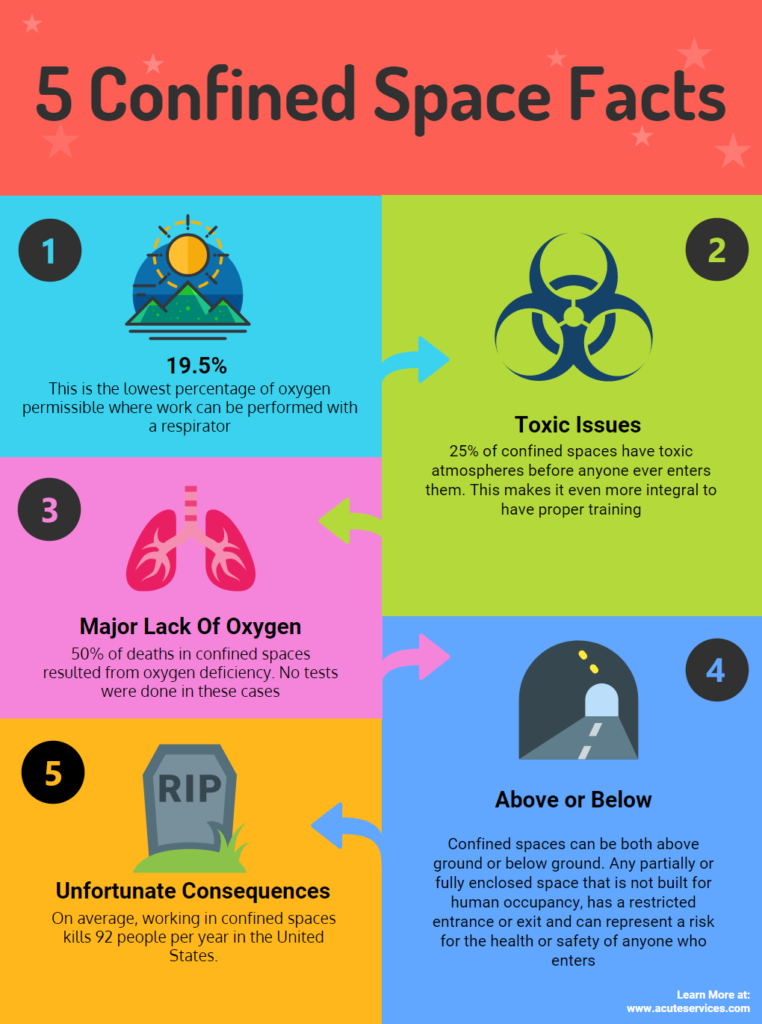
Confined Space Certification
As of the writing of this article (March 2016), there is no formal confined space certification process employed by the Ministry of Labour, Immigration, Training and Skills Development. In addition, there is no certification process for trainers, workers, training programs or agencies at this time. It is up to the employer, in consultation with the JHSC or health and safety representative, if any, to determine the level and type of training provided, and to ensure it is adequate for the type of entry being conducted.
Source: http://www.labour.gov.on.ca/english/hs/pubs/confined/cs_9.php
“ACUTE’s trainers have a passion for the material and care about their clients.”
Read more comments from our customers
Confined Space Training Ontario – Regulations
All employees entering the confined space and all employees contributing to the work that involves the confined space needs to be trained.
The training each individual requires includes
- Recognition and identification of potential hazards associated with the confined spaces that will be entered.
- Evaluation and control procedures for the identified or potential hazards.
- Hands on training for all equipment such as ventilation equipment (blowers), harnesses, and air quality monitors (e.g., Oxygen/combustible meters) that will be used while in the confined space.
- Hands on training for all personal protective equipment (e.g., respirators) that the worker will be using while in the confined space.
- All procedures for entering the confined space.
- Procedures to follow in the event of a situation developing that could present additional risk to the worker or an emergency.
- The specific work to be done while in the confined space.
- Rescue Plan training.
Note: This very short summary has been prepared to help the workplace parties understand some of their obligations under the Occupational Health and Safety Act (OHSA) and regulations. It is not legal advice.
Click here for a more in-depth summary or here to view the confined space regulations in full.
Click here for confined space rescue guidelines.
Confined Space Training Ontario – Legal Requirements For Employers
You need to develop a written confined space program for confined spaces in your workplace. There are three parts to a confined space program:
- Part one: Recognize or identify a confined space
- Part two: Assess the confined space hazards
- Part three: Control the hazards by
- developing a plan for the confined space
- providing general training for workers
- creating a permit system
Refer to the Confined Space Guideline on the Ministry of Labour, Immigration, Training and Skills Development’s website for additional information on how to recognize and assess your confined space, and on how to create your confined space plan.
Source: http://www.healthandsafetyontario.ca/Resources/TopicList/Confined-Space.aspx
Confined Space Definition
A confined space means a fully or partially enclosed space
- that is not designed nor constructed for continuous human occupancy
- in which atmospheric hazards may occur because of its construction, location or contents, or because of work that is done in it
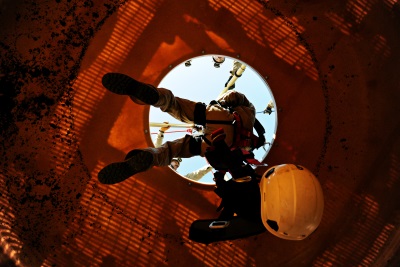
Examples of potential confined spaces include:
- tanks, drums
- tank cars, holds
- manholes, sewers, shafts
- silos, bins, hoppers
- tunnels, culverts
- vaults, lockers
- cellars, pits
- vats, tanks, vessels, tubs
- ditches, wells, walls, pits
- pipelines, ducts
Source: http://www.healthandsafetyontario.ca/Resources/TopicList/Confined-Space.aspx
Is There A Difference Between A “Restricted Space” And A “Confined Space”?
Yes. Only the Regulation for Health Care and Residential Facilities (O. Reg. 67/93) speaks of a “restricted space” in section 42. In this regulation, a restricted space refers, in part, to a “space from which the egress of a worker is restricted, limited, or impeded”. A “restricted space” may also be a confined space, thus, an evaluation of the space may determine that the area is either a confined space, a restricted space, or both.
Source: http://www.labour.gov.on.ca/english/hs/pubs/confined/cs_4.php


